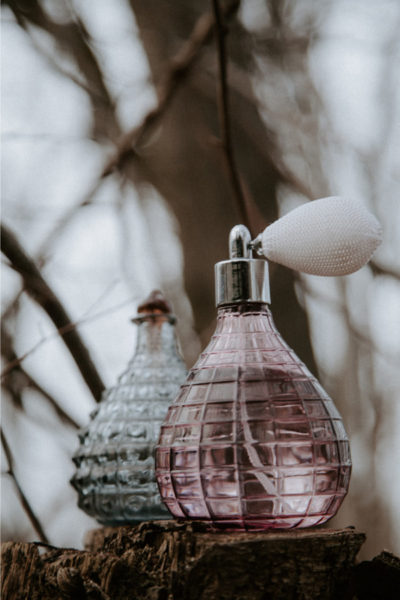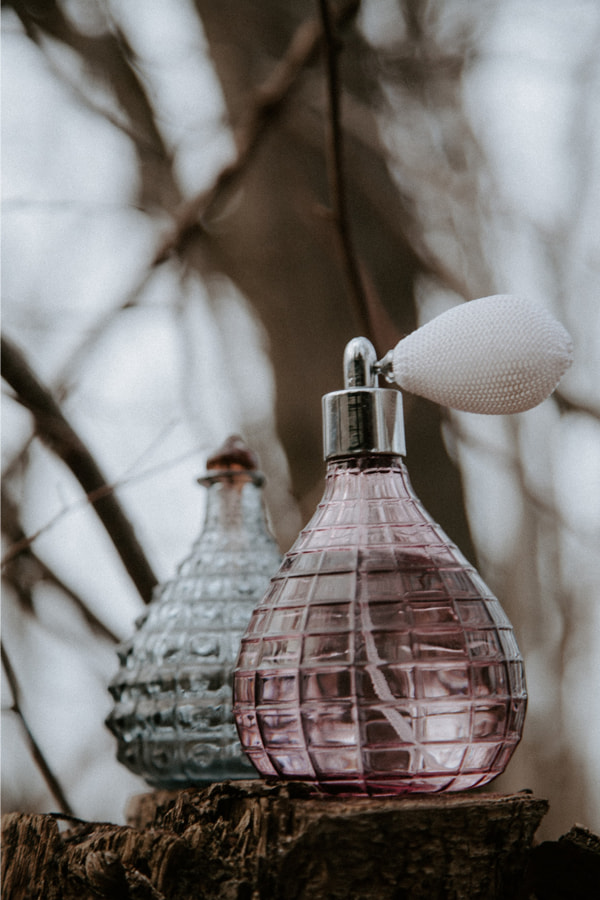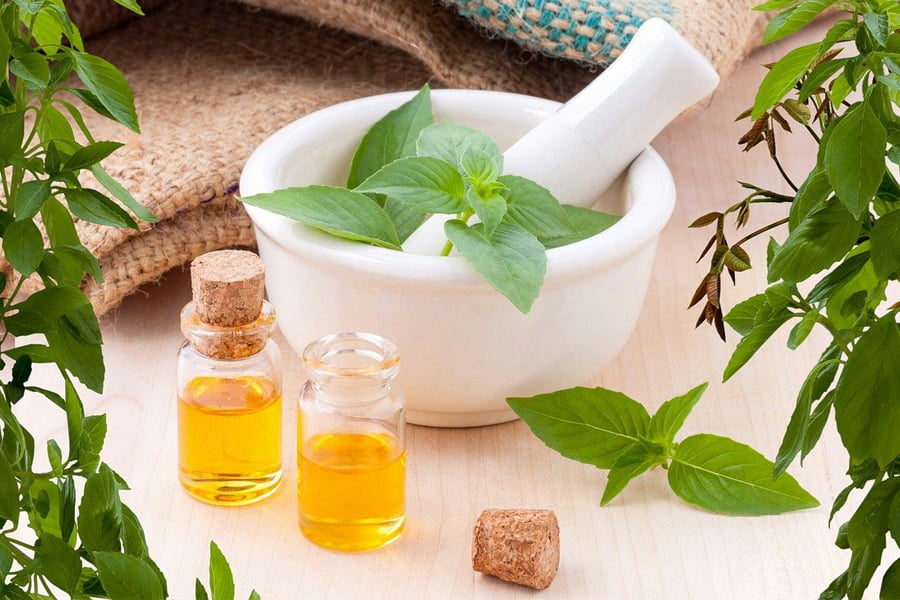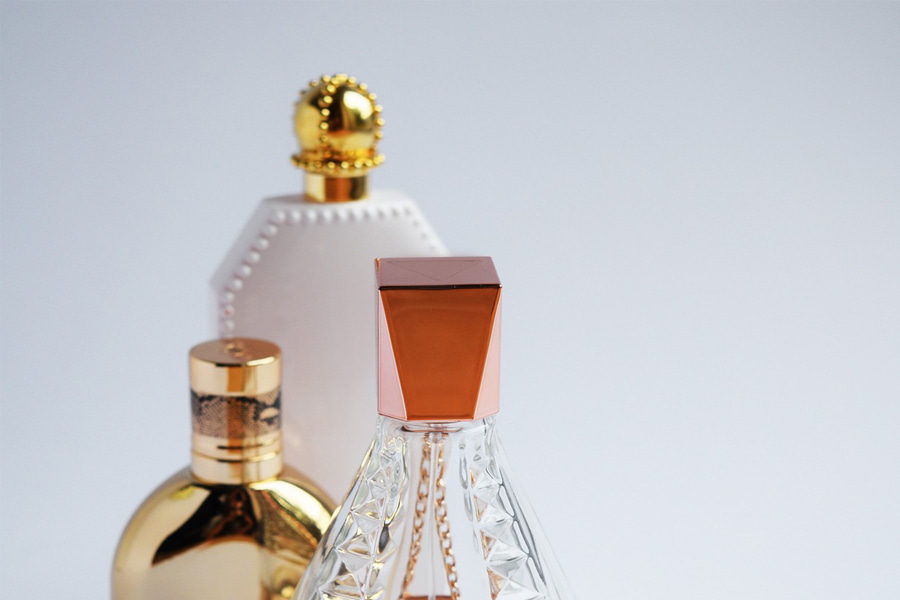
There is nothing wrong with stating that we cannot live without the use of perfumes. Perfumes have grown into a human necessity. No one has ever considered perfumes in such a way centuries ago. There are various perfume brands to pick from on the market. However, not all of these brands are equally popular. Certain brands have grown in popularity as a result of increased quality, while others have grown in popularity as a result of increased brand value. Broadly, we hope to discuss the history of the perfume industry in this article.
Christian Dior J’adore By Christian Dior for Women 5.0 Oz Eau De Parfum Spray, 5.0 Oz
This is a perfume that we recommend for your use. On Amazon, its scent and value for money have earned positive reviews. Positive feedbacks are there in plenty, showing that it is a solid option for users.
Why do we need Perfumes?
As we told you, now, perfumes have become absolutely necessary for us. In this section, we can take a look at why we need perfumes. Perfumes are definitely beneficial for a number of reasons. Continue reading to learn more.
It is usual that smelling something delightful makes you happy. Aromatherapy can help you feel better and boost your mood. It has the power to elevate your spirits and change your perspective on life. Because your limbic system is so closely related to your sense of smell, body smells urge it to respond almost instantly. It should come as no surprise that wearing a nice perfume may help minimize body odor while also increasing natural smells. The majority of excellent fragrances contain organic and natural components that complement and balance natural scents.
Another benefit of a nice perfume is that it may be a reflection of your personal style. Some individuals prefer floral undertones, while others prefer earthy fragrances. This differs depending on your own tastes and is an important aspect of expressing your uniqueness. Aromatherapy may also help you relax and de-stress by using essential oils. Reduced stress and anxiety, as well as an increase in motivation, result in improved attention and focus. The components of a good perfume help you maintain control over your emotions and attitude. This allows you to focus on your work with ease.
Kate Spade Eau de Parfum Spray
This is a fantastic scent for you to utilize. Those who have tried it say the aroma is lovely and lasts a long time. This has largely positive reviews on Amazon.
The Word Perfume
The term perfume is derived from the Latin phrase “per fumus,” which means “through the smoke.” It is now in use to describe perfumed combinations. The art of producing scents is what we refer to as perfumery. The Romans, Persians, and Arabs improved perfume even more. Although East Asia had perfume and perfumery, most of the aromas were based on incense. Pliny the Elder describes the essential components and procedures for manufacturing fragrances in his Naturalis Historia.
Versace Bright Crystal By Gianni Versace For Women. Eau De Toilette 0.17 Fl Oz Mini
This is another wonderful scent that we can suggest. This seductive and sensual aroma symbolizes the Versace woman as powerful and secure in her own flesh; sensual and feminine, always elegant. Vegetal amber is exquisitely alluring and exciting to the senses, with the voluptuousness and transparency of Magnolia, Peonia, and Lotus Flower.
History of the Perfumes Industry
Prior to the industrialization of synthetic perfumes, perfume consisted entirely of essential oils and other aromatics distilled from nature. Modern perfumes use a complex combination of aromatic hydrocarbons and essential oils and components that you may buy at a department store fragrance counter. To make a perfume extract, perfume, or cologne, the manufacturers dilute these mixes in a foundation of volatile alcohol at decreasing intensities. Most old fragrances, on the other hand, consisted entirely of natural resins, oils, and botanicals. Generally, oil, fat, or wax carried the aroma rather than alcohol.
Perfume has a long and illustrious history. The ancient Egyptians earn a reputation for their invention. By burning essential oils, resin, and fragrant unguents, they used fragrances to commemorate prayers and religious events. Tapputi, a female scientist, was the first perfume manufacturer according to the historical data and stats. Historians have discovered stories concerning her on a Mesopotamian clay tablet dating from the second millennium B.C.
Different civilizations have used aromas in the perfume industry in a variety of intriguing ways throughout history. Once, people restricted scents to holy elements, but they were eventually available in everyday hygiene practices. Spices, fragrances, and resins were abundant in Egypt during the period of ancient Egypt. But certain distant regions such as the Middle East, Arabia, and the Indian subcontinent also provided them. Beautiful woods, perfumed resins, myrrh, and incense were imported from these trades. And they were some of the key elements in the perfumes of the period.
Nautica Voyage By Nautica For Men Eau De Toilette Spray, 100 ml
This is a powerful, masculine perfume. Apple, cedarwood, musk, amber, water lotus, green leaf, and mimosa are among the scent’s components. Of course, this is a pleasant-smelling perfume, and we are confident that you will enjoy it.
How the Perfume Industry started in various countries
In terms of the history of the perfume industry, due in part to Arabic influences and information, knowledge of one thing fragrance arrived in Europe as early as the thirteenth century. However, it was a UN organization Hungarians ran, that launched the first fashionable scent. The original stylish fragrance, which Europe knew as Hungary Water, came into light in 1370 at the behest of Queen Elizabeth of the European nation. And it used fragrant oils in an alcohol solution. The art of perfumery flourished in Renaissance Europe, and Rene lupus erythematosus Florentine, Catherine de’ Medici’s maker, brought Italian refinements to France in the sixteenth century. A hidden route connected his laboratory and her apartments, ensuring that nobody could steal her formulae along the way.
However, it would be much clearer if we take a look at how the perfume industry evolved from country to country. Now, it is time for that. Let us take a look at it now.
C h a n e l no.5 EDP Spray for Women 3.4 OZ/100 ml
This is an excellent scent to choose from. This female scent has piqued the interest of ladies all around the world. On Amazon, customers have given this product a favorable rating and review. We think that you would try this.
France
The cultivation of flowers for their fragrance essence, which began in the fourteenth century, evolved into major commerce in the south of France, particularly at Grasse, now known as the world capital of scent. Perfumes were largely in use by royalty and the wealthy during the Renaissance period. The fragrance trade came to light as a result of this patronage. During the seventeenth century, perfumes became very popular. Perfumed gloves were also quite popular in France. Perfumers were also aware of form poisons; for example, a French lady died after rubbing a perfume/poison into her gloves and allowing it to slowly permeate into her skin.
When King Louis XVI of France ascended to the throne in the eighteenth century, perfume came into its own. “La cour parfumée” was the name given to his court (the perfumed court). Lady American state Pompadour placed large orders for perfume, and King Louis insisted on a particular scent for his daily accommodation. The smells that were applied daily, not only to the skin but also to consumer products, fans, and objects of furniture, gave the King of France’s court its name. Soap and water are replaced with scents. In France, the use of scent has progressively increased. Aromatic plants were being grown in the Grasse area of France by the seventeenth century to feed the developing fragrance industry with raw ingredients.
Excessive scent spending continued when Napoleon came to power. Every week, he received two quarts of violet cologne, and he consumed sixty bottles of a double extract of the shrub on a monthly basis. Josephine had a heightened aversion to some scents. She was a musk connoisseur, and she or he wore it for most of the sixty years until her death when the aroma remained in her bed chamber.
England
In terms of the history of the perfume industry, during the reigns of Henry VIII (reigned 1509-1547) and Queen Elizabeth, the use of perfume reached its pinnacle in Europe (reigned 1558-1603). During Queen Elizabeth’s reign, they scented all public spaces because she could not stand bad odors. Her tongue’s dexterity was the only thing that could match the acuity of her nose. Women of the time took great satisfaction in creating pleasing odors and demonstrated their abilities to combine scents in the calm spaces of manor residences.
Further, in the nineteenth century, scent, like trade and the arts, underwent significant changes. So, as alchemy offered thanks to chemistry, changing preferences and even the evolution of contemporary chemistry arranged the roots of modern fragrance.
Russia
When it comes to the history of the perfume industry in Russia, fragrances were scarce, particularly in Russia. Of course, many wars and two revolutions took place over there in the early half of the twentieth century. Nonetheless, a little cosmetics sector arose to take its place in Soviet history.
Political turmoil, elegant design, and a splash of the weird characterize the Soviet cosmetics tale. They created special edition fragrances to commemorate the success of the kolkhoz, a type of collective farm in the Soviet Union, and rumors abound that Soviet spies were passing on secret cosmetics formulations from American companies, making kiss-proof lipstick as crucial as the armaments competition. And they were not only selling mascara to make the newly communist population’s eyelashes seem longer; they were also establishing a new code of cleanliness for the poorest classes, promoting social equality, and guaranteeing that Soviet ideology infiltrated into this allegedly apolitical field.
When you think of the Soviet Union, perfumes are probably not the first thing that springs to mind. Perfumes, hand creams, and loose powders, like party congresses, propaganda campaigns, and five-year plans, were all part of the empire. In reality, cosmetics were an important aspect of the second five-year plan (1933–1937), which focused on consumer products and social growth, among other things.
Mesopotamia
Perfumes were in use in the ancient world in a variety of ways, from body oils to scented incense burnt in houses and temples, with regard to the history of the perfume industry. Fragrant herbs, flowers, resins, and spices were used by the ancient Mesopotamians and Assyrians to create scented oils for hair, beards, and bodies. Build your own scent with ancient materials in this free drop-in session and take a piece of history home with you. Assyria: Palace Art of Ancient Iraq is a companion piece to the exhibition Assyria: Palace Art of Ancient Iraq.
Tapputi, a scent maker whose presence was documented on a 1200 BCE Cuneiform pill in the Babylonian geographic region, may have been the world’s first known chemist. As the superintendent of the Mesopotamian Royal Palace, she holds a powerful position within the Mesopotamian government and faith. She devised aroma extraction procedures that would serve as the foundation for fragrance creation. People were handed on, along with her most breakthrough technology in mistreatment solvents, after she chronicled her processes and procedures.
Archaeology is an excellent resource for understanding and researching scent in the ancient world since it is another essential source of historical knowledge. The finding of a small spoon and pot for storing lip paint in the tomb of Puabi, a queen who lived circa 2,600 BC, indicates that she used cosmetics; a little spoon and pitcher for storing lip paint were discovered in her tomb. Many tales, hymns, and epic poems in Sumerian literature, notably Gilgamesh’s, contain references to scents and cosmetics.
India
In terms of the history of the perfume industry in India, Indus culture, which lasted from 3300 BCE to 1300 BCE, also had perfume and perfumery. Further, in the Hindu Ayurvedic texts Charaka Veda and Sushruta Veda, one of the oldest distillations of Ittar is documented. Of course, the allusions to fragrances are a part of a larger work titled Varhamihira, an Indian uranologist, scientist, and astrologer who lived in the town of Ujjain, wrote the Brihat-Samhita. In the court of the prince of Malwa, he was one of the ‘nine jewels.’ The scent section is primarily concerned with the production of fragrances for the benefit of ‘royal personages and harem inmates.’ And this book is written in Sanskrit slokas and includes a remark by Utpala, a 10th-century Indian commentator.
Archaeologist Dr. Paolo Rovesti discovered a clay distillation apparatus within the Indus depression in 1975, along with oil containers made of the same material and carbon-dated to 3000 BCE, according to a 1975 study. According to the study, plain-woven textiles were employed to plug orifices in clay jars so that when fragrant plant items were doused with boiling water, the vapors inseminated the cloth, which was then wrung twisted to isolate the oil.
Cyprus
The oldest perfumery has so far been unearthed on the island of Cyprus. Excavations in 2004-2005 on the initiative of an Italian archaeological team discovered proof of a massive manufactory that flourished four thousand years ago during the Bronze Age. And this covered a quantifiable area of nearly 4,000m2, implying that scent manufacturing occurred on a large scale. Also, this find was widely reported in the international press, and a number of objects are now on display in Rome. Exodus 30:22-33) mentions a pure aroma made out of liquid myrrh, scented cinnamon, scented cane, and cassia. Except for the monks, it was forbidden to use. To give their gifts, the ladies donned scent.
Cloud Eau de Parfum Spray,Clear,3.4 oz
Of course, a sensuous combination of enticing lavender bloom, forbidden juicy pear, and mouth-watering bergamot kicks off this alluring perfume. Because it has received so many positive reviews and ratings, we feel it would be an excellent choice for you.
Conclusion
This article’s focus was on the history of the perfume industry. So, we think that you could get a good understanding through this article. Further, you can read about best men’s perfumes for a date, best women’s perfumes for the workplace, best perfumes for college girls, date night perfumes for ladies, best prom night perfumes, best colognes for working men, best colognes for college guys, and best perfumes for the wedding day. Of course, with all these contents, we are sure that you would find the perfume that suits you the most for all your requirements.



